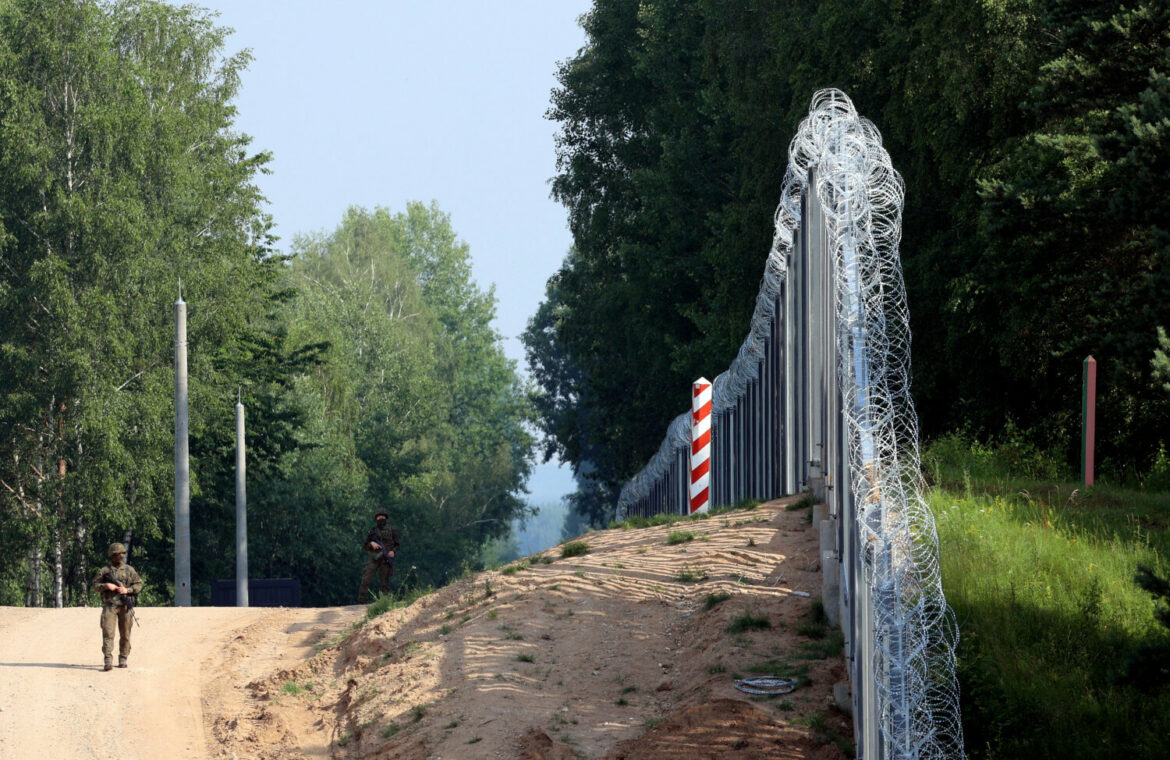“It appears that the Polish-Belarusian border will be the tightest external border of the Schengen area, we have no doubts about that”, Deputy Minister of Internal Affairs and Administration Maciej Wąsik told the Sejm on Thursday 26 October. He also informed that the first section of the electronic barrier on the Polish-Belarusian border will be put into operation after 11 November.
The construction of the physical barrier, a 5-metre-high fence made of steel spans and topped with razor wire, was completed in the summer. It secures a 186-kilometre section of the border with Belarus. Meanwhile, the construction of the electronic barrier has been underway since June along a 202-kilometre stretch.
After 11 November, the first 35 kilometres of the electronic barrier will be commissioned. Subsequently, other sections will be gradually completed. The entire barrier is expected to be ready in January 2023.
“Poland became the object of a hybrid attack from Belarus, directed by services subordinate to Alexander Lukashenko, but it was an attack prepared with Vladimir Putin’s services. We have no doubt that these were in a way shielding, anticipating activities, destabilising Europe before Russia’s attack on Ukraine”, said Maciej Wąsik.
The deputy head of the interior ministry stressed that the first effects of the barrier are already visible. He recalled that in August 2021, 3,500 people tried to cross the border illegally, and in August 2022, below 1,000. In September 2021 – 7.6 thousand people, and this year in September only 1,350 people. In October, the month of the peak immigration- it was 17.5 thousand people, this year 1,820 people by 24 October”, reported Maciej Wasik.
Currently, the Polish-Belarusian border is guarded by 2,000 Border Guard officers, several hundred police officers and more than 1,300 soldiers.
At its peak last year, the Polish-Belarusian border was guarded by more than 20,000 officers and soldiers.
Adrian Andrzejewski





